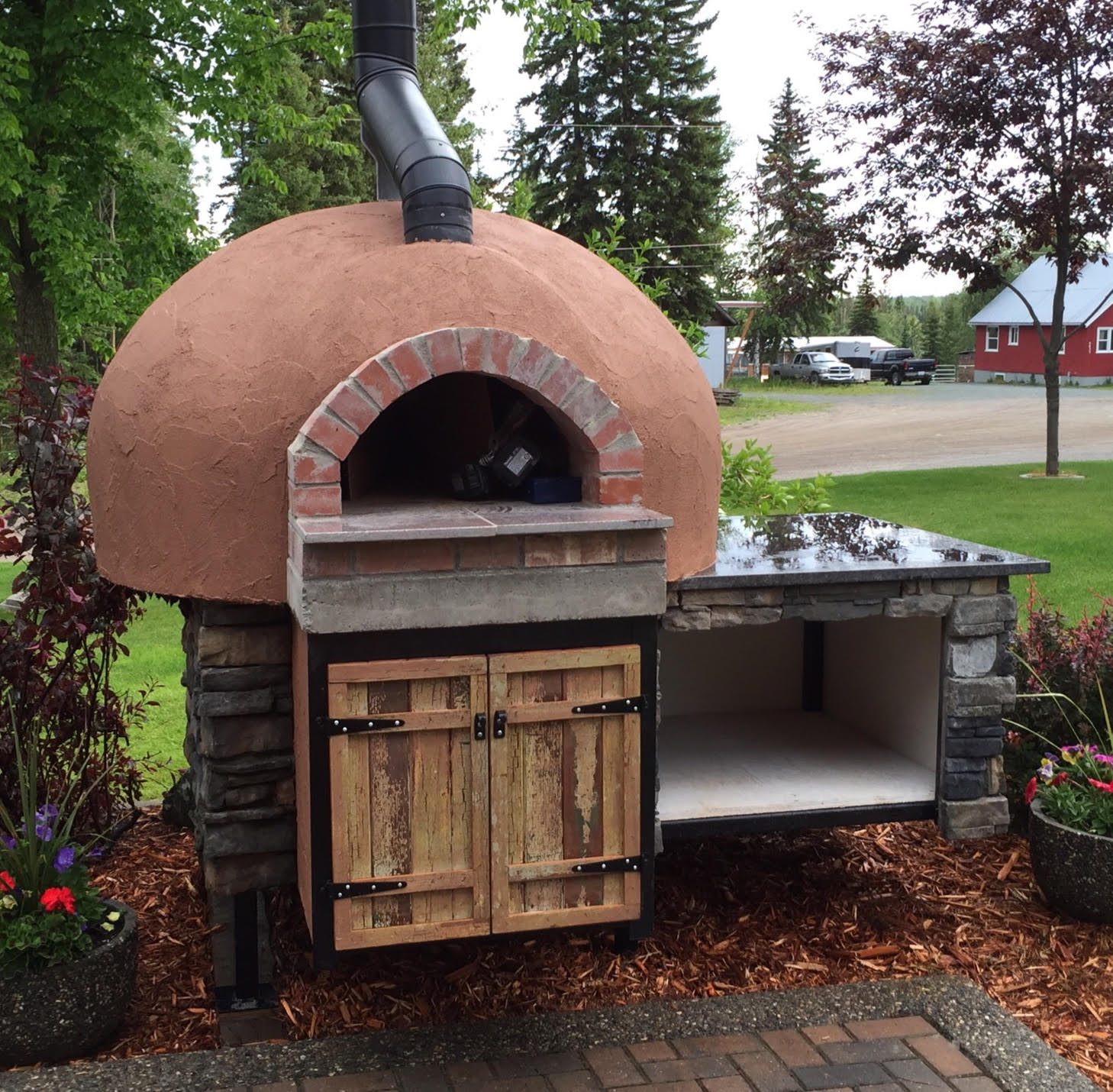
Normal Hours of Operation Mon-Fri: 8am-4.00pm Information About Plainsman Products Services & Information ClaysLow Temperature ClaysMedium Temperature Clays High Temperature Clays Porcelains Other Clays Native Clays Casting Slips MaterialsDry MaterialsStains Encapsulated Stains Liquids GlazesSpectrum Opaque Gloss Low Fire GlazesSpectrum Metallic Glazes Plainsman Dry Glazes Potter's Choice Cone 5/6 Glazes Celadon Cone 5/6 Glazes Amaco Satin Matte Glazes Liquid Brights UnderglazesAmaco Velvet UnderglazesEnamellingEquipmentKilnsElectric Pottery KilnsElectric Glass Kilns Kiln Furniture Cones Elements Kiln Parts, Accessories Exhaust Systems Refractories Potter's Wheels Slab Rollers Hand Extruders Pugmills Scales Banding Wheels Air Brushes ToolsBrushesThrowing Tools Trimming, Turning, Cutting Tools Wood/Bamboo Tools Rollers/Stamps Decorating Tools Glazing Tools Ribs & Scrapers Ribbon/Wire Tools Rasps Knives, Needle Tools, Cutters Tool Kits Unclassified AccessoriesMiscellaneous AccesoriesCorks/Stoppers Cork Pads Oil Lamp Accessories Dispenser Pumps Teapot Handles Bisque Tiles | Clay Ovens and HeatersThermal mass heating ovens (such as Rocket Mass Ovens or Heaters, Cob ovens, pizza or baking ovens) employ heat sinking mechanisms to store energy. Their construction often involves the use of raw clay mixed with sand and/or straw. The clay mix is obviously not as strong as cement would be. However it is much less expensive, heat-sinks better and enables much easier disassembly or design adjustments. For example, check http://dirtcraft.ca or this page with videos and technical info. An example of a popular commercial thermal mass oven manufacturer is Forno Bravo.
Some sources recommend using a Fireclay because these can withstand the temperatures in the oven. However this is not really correct. Red hot coals in a campfire are only about 1000-1200F, even the lowest duty clay (e.g. terra cotta) is capable of withstanding temperatures far higher than that. Fireclays also come in a wide range of plasticities, water permeabilities, drying performances, etc (these properties are most the important in the practical issues to constructing the oven). We most often recommend 98Mix ((a very plastic greenish colored raw clay straight from the quarry)). It dries hard and strong and maintains plasticity even when blended with significant sand. Some sources advise simply digging clay out of the ground and mixing it in a certain proportion with sand. This might have worked for the author with his clay and sand, but will it work for you? Sands and clays vary widely in grain size and shape (that variation can multiply to orders of magnitude difference in particle surface area). Clays vary widely in plasticity (ability to form a shape), stickiness, drying hardness, drying drying speed and drying shrinkage. The most plastic clays are the stickiest and shrink and crack the most. However they can host higher percentages of sand. Our dealers may have dry powders of our pottery clay, these are plastic and most shrink about 6.5% on drying. Of course, you must experiment with varying proportions of sand (plus fiber) to find a compromise between something that will dry with minimal cracking and still be hard and strong enough. To withstand the rain you need to build a roof or do something to make it able to shed water (a dried clay might seem hard, but it will turn back into mud when it comes into contact with water). The most obvious solution is to plaster or stucco it (using some sort of cement or plaster mix that sets hard). An alternative is to add a hardener/sealant to your clay mix (e.g. silicone, corn starch, polymers, gums). If you choose to use a hardener, do plenty of testing to make sure it will work (hardeners can reduce plasticity significantly). |
Plainsman Clays Ltd., 702 Wood Street, Medicine Hat, Alberta T1A 1E9
Phone: 403-527-8535
FAX: 403-527-7508
